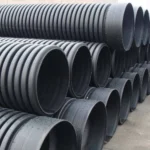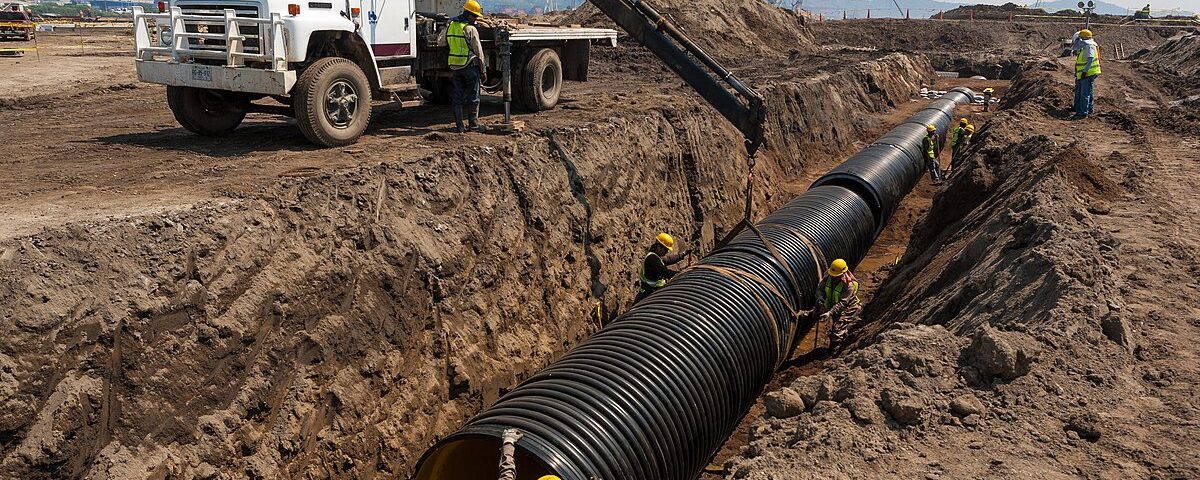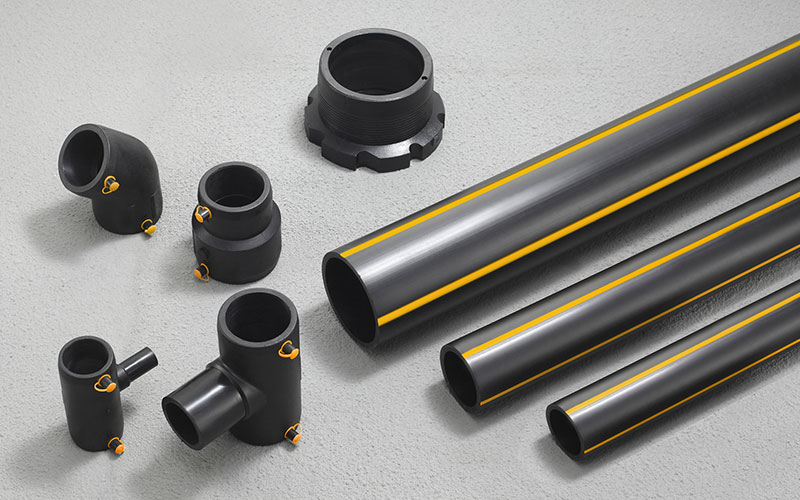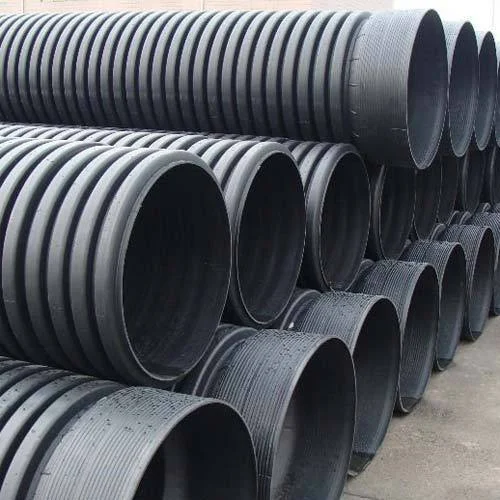
What Are HDPE Pipes? A Complete Guide to Benefits and Uses
October 11, 2024HDPE (High-Density Polyethylene) pipes are widely used for water supply, gas distribution, and drainage systems due to their durability and flexibility. But how do you join them securely? Unlike metal pipes, HDPE pipes require special welding techniques to create leak-proof connections. If you’re new to this, don’t worry! This guide will walk you through the process in simple terms, ensuring that even beginners can get started with confidence.
1. What is HDPE and Why Use It?
HDPE stands for High-Density Polyethylene, a type of plastic known for its strength, flexibility, and resistance to corrosion. It’s widely used in water supply, sewage systems, and gas pipelines because it doesn’t rust or degrade easily. Unlike traditional metal pipes, HDPE is lightweight, making it easier to transport and install.
2. Types of Welding for HDPE Pipes
There are three main methods to join HDPE pipes:
- Butt Fusion Welding – The most common method where pipe ends are heated and pressed together.
- Electrofusion Welding – Uses special fittings with embedded heating coils to join pipes.
- Socket Fusion Welding – Ideal for smaller pipes, where a socket and spigot end are fused together.
3. Tools and Equipment Needed
To successfully weld HDPE pipes, you’ll need:
- Welding machine (specific to the chosen method)
- Pipe cutter
- Deburring tool
- Clamps and alignment tools
- Safety gear (gloves, goggles, heat-resistant clothing)
4. Preparation Steps Before Welding
Proper preparation ensures a strong, leak-free joint:
- Clean the pipe ends to remove dirt and oxidation.
- Align the pipes properly to ensure even heat distribution.
- Check the welding machine settings according to the manufacturer’s guidelines.
5. Butt Fusion Welding: Step-by-Step Guide
- Secure the pipes in place.
- Heat the pipe ends using a heating plate.
- Press the softened ends together and hold until they cool.
- Inspect the joint for uniformity.
6. Electrofusion Welding: Step-by-Step Guide
- Insert the pipes into an electrofusion fitting.
- Connect the fitting to an electrofusion control unit.
- The embedded coils heat up, melting the plastic.
- Allow the joint to cool and solidify.
7. Socket Fusion Welding: Step-by-Step Guide
- Heat the socket and spigot ends.
- Insert the spigot into the socket while hot.
- Hold in place until cooled.
- Check for a seamless joint.
8. Common Mistakes to Avoid
- Not cleaning the pipe ends properly.
- Misalignment of pipes.
- Overheating or underheating during welding.
- Rushing the cooling process.
9. Safety Tips for Welding HDPE Pipes
- Wear protective gloves and eyewear.
- Work in a well-ventilated area.
- Handle hot equipment with care.
10. Testing and Inspecting Welded Joints
After welding, test for leaks by:
- Visual inspection for uniformity.
- Pressure testing with water or air.
11. Maintenance and Long-Term Care
- Regularly inspect joints for signs of wear.
- Clean pipelines to prevent blockages.
- Store HDPE pipes away from direct sunlight.
12. Troubleshooting Welding Issues
- Weak joints? Check for proper heating and alignment.
- Leaks? Ensure pipes were fully melted and pressed correctly.
13. Applications of HDPE Pipes
- Water and gas distribution
- Sewer systems
- Industrial piping
- Agricultural irrigation
14. Environmental Benefits of HDPE
- 100% recyclable
- Long lifespan reduces waste
- Resistant to corrosion, reducing maintenance needs
15. Final Thoughts
Welding HDPE pipes may seem complex at first, but with the right tools and techniques, it’s a skill anyone can learn. Whether you’re installing a new water line or repairing an existing system, following proper welding procedures ensures a durable, leak-free connection.



